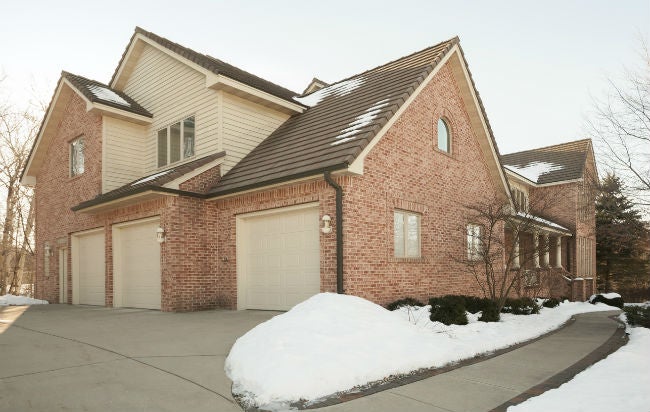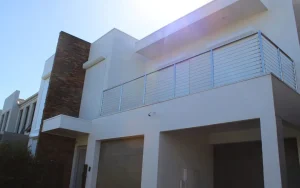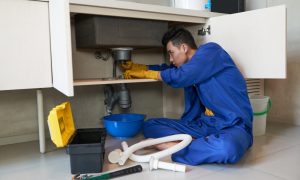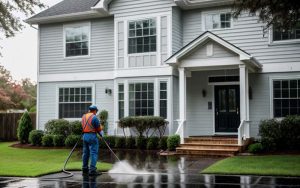All You Need to Know About Winterizing Concrete Surfaces

Knowing the right way to winterize your concrete surfaces will help you protect them from the potential damage that winter brings. Although the concrete surfaces in your home are exposed to cold weather, you can keep them in the best condition possible. As a result, continue reading to learn how to winterize concrete surfaces in your home.
Common concrete surfaces in your house, such as lawn décor, patios, and concrete sidewalks, need to be protected from snow and ice thawing. The fluctuations in temperature can cause concrete surfaces to crack, except if the surfaces are sealed. Regardless, here are the steps you need to follow to winterize concrete surfaces in your home.
1. Patch and Repair the Surface
The first step you must take when winterizing concrete surfaces is to look for cracks on the surface. The best way to prevent further damage to the surface is to patch all existing cracks. Use a concrete crack sealant to fill the cracks and make them watertight. You should consider hiring an experienced concrete contractor for the best results.
Before patching and sealing the cracks, the surface of the cracks must be cleaned. Clean any dirt, grime, and grease residue that may have seeped into the cracks, using a power washer before applying the resurfacing mixture. After completing the patching and repairs, leave the surface to cure.
2. Seal the Surface
The next thing you must do to winterize concrete surfaces is to seal them. Since concrete surfaces are porous, sealing the surface is the best way to protect the surfaces against moisture seepage through snow and ice. If you have completed repairing the surface, you should apply a high-quality acrylic sealer to protect it from extreme weather.
You can hire a concrete contractor to seal the concrete surfaces in your home. The type of sealant to be chosen should be carefully selected to ensure protection from harsh chemicals and salt that may be used to de-ice walkways during the winter. It is critical to re-seal concrete surfaces after power washing to repair any damage caused by the power washing.
3. Winterize Concrete Statuary
In addition to concrete surfaces that require winterizing to keep them in good condition, it is advisable to also winterize garden art and unpainted concrete statuary. You can move lighter items to your garage to prevent them from freezing. Drain and invert fountain bowls, birdbaths, and other concrete bowls. This will prevent them from being damaged by extreme weather.
Takeaway
Winter is such a wonderful season in the year. However, ensure to winterize concrete surfaces in your house to protect them from getting damaged. Contact a concrete contractor for help if you cannot handle the tasks yourself.







